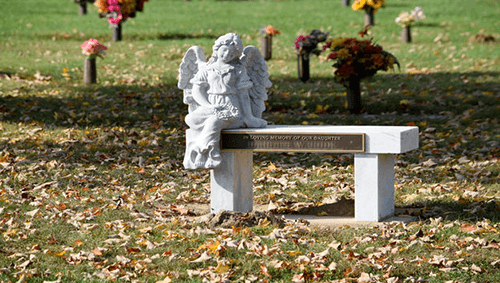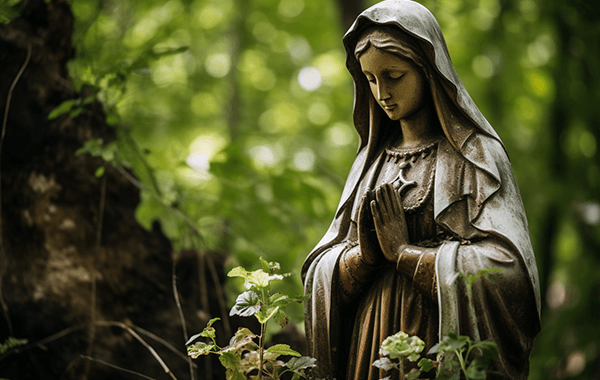Cemeteries are not merely grounds for the departed; they are also repositories of art, history, and poignant narratives. Amidst the somber rows of gravestones, one often finds statues—silent sentinels that stand guard over the resting places of the departed. These cemetery statues, also known as grave statues or monuments for graves, serve a multitude of purposes, each as profound as the next.
First and foremost, cemetery statues pay homage to the deceased. They are tributes crafted in stone, immortalizing the memory of those who have passed on. These sculptures capture the essence of the departed, freezing moments of their lives in time for generations to come. For instance, the famed Angel of Grief, sculpted by William Wetmore Story, graces the gravesite of the artist and his wife in Rome’s Protestant Cemetery. With its sorrowful visage, it embodies the anguish of loss, offering solace to those who visit.
Moreover, cemetery statues serve as symbols of remembrance and reverence. The solemn figures that populate graveyards worldwide stand as reminders of the lives once lived and the legacies left behind. Take, for instance, the bronze statue of Abraham Lincoln at his tomb in Springfield, Illinois. This larger-than-life representation of the revered president commemorates his enduring impact on American history and serves as a pilgrimage site for admirers.
Additionally, cemetery statues often convey religious or spiritual motifs, providing comfort and consolation to the bereaved. Religious icons, angels, and saints are frequently depicted in these sculptures, symbolizing faith, hope, and the promise of an afterlife. The Pieta, sculpted by Michelangelo, is a prime example of such spiritual imagery. Housed in St. Peter’s Basilica in Vatican City, this masterpiece portrays the Virgin Mary cradling the lifeless body of Jesus, evoking profound themes of love, sacrifice, and redemption.

Furthermore, cemetery statues contribute to the aesthetic beauty of burial grounds, transforming them into serene sanctuaries of contemplation. From intricately carved marble angels to stoic granite obelisks, these artistic creations add depth and character to the landscape. The Pere Lachaise Cemetery in Paris, with its eclectic array of statues and monuments, is a testament to the marriage of art and mortality, drawing visitors from around the world to pay their respects.
In conclusion, cemetery statues serve as more than mere adornments; they are poignant reflections of the human experience, capturing the essence of life, death, and everything in between. Whether as memorials to loved ones, symbols of faith, or expressions of artistic beauty, these silent sentinels stand as enduring testaments to the enduring bond between the living and the dead. As we wander among them, we are reminded not only of our mortality but also of the profound legacy we leave behind.

